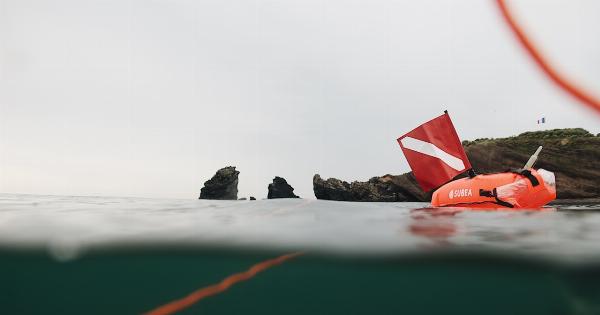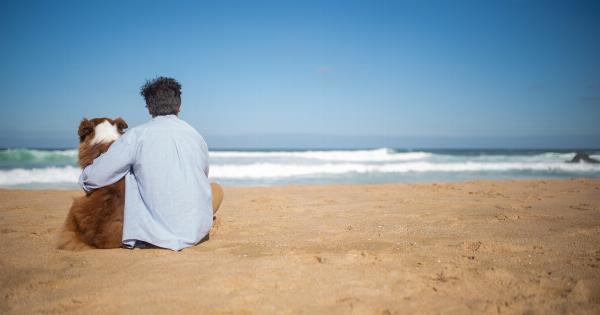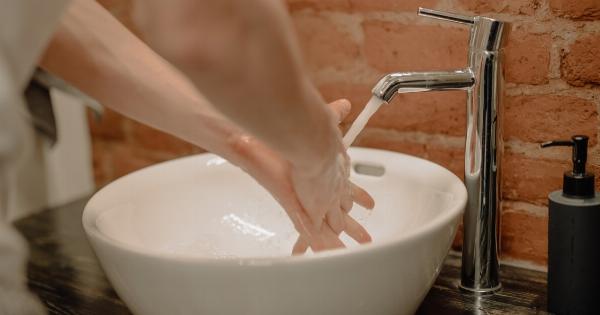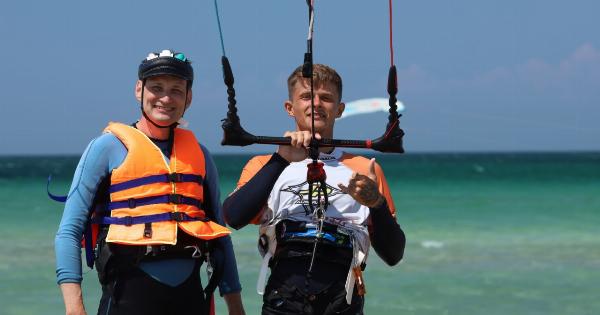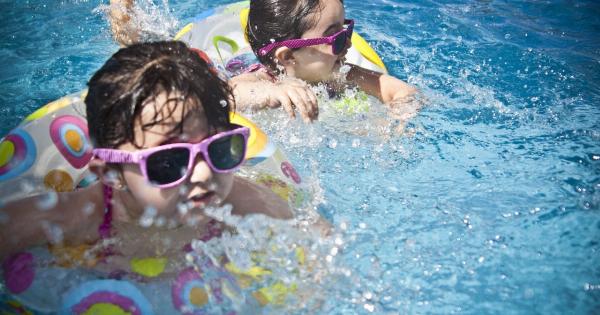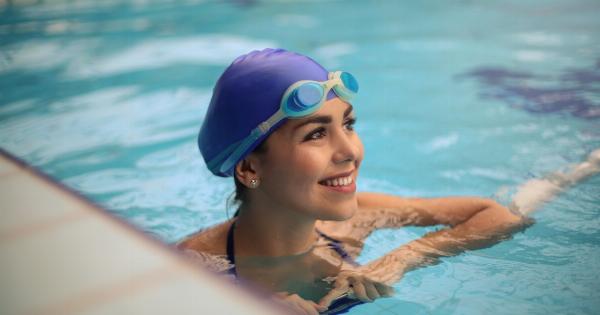Drowning is a serious concern, particularly for children. As a pediatrician, I have seen firsthand the devastating consequences of drowning incidents.
It is essential for parents and caregivers to be equipped with knowledge and preventive measures to protect their children from drowning accidents. In this ultimate guide, I will share valuable insights and safety tips to help keep your loved ones safe around water.
Understanding the Risks
Before discussing preventive measures, it is important to understand the risks associated with drowning in children:.
1. Lack of Supervision
Unsupervised children near water bodies pose a high drowning risk. Even a few inches of water can be dangerous for a small child, making constant supervision vital.
2. Inadequate Pool Fencing
Many home pools lack proper fencing, leaving children vulnerable to accidental falls into the water. A secure pool fence is a crucial safety feature that can prevent unauthorized access.
3. Lack of Swimming Skills
Children who haven’t learned to swim are at a higher risk of drowning. Teaching your child to swim at an early age reduces this risk significantly.
4. Absence of Life Jackets
While near open bodies of water, children should wear appropriate-sized life jackets. These lifesaving devices provide buoyancy and increase their chances of staying afloat in an emergency.
5. Unsafe Bathing Habits
Even bathtubs and buckets can be dangerous for young children if left unsupervised. Always remain vigilant when your child is in or near water, regardless of the size.
Preventing Drowning Accidents
Now that we are aware of the risks, let’s explore effective preventive measures:.
1. Constant Supervision
Never leave children unsupervised near water, whether it’s a pool, bathtub, or any other water source. Designate a responsible adult to keep a close eye on children at all times.
2. Install Pool Fencing
Ensure that your pool has a secure fence at least four feet tall. The gate should be self-closing and self-latching, making it difficult for children to enter the pool area without adult assistance.
3. Enroll in Swimming Lessons
Teaching your child to swim is one of the most effective preventive measures against drowning. Enroll them in age-appropriate swimming lessons conducted by certified instructors.
4. Educate Children about Water Safety
Teach your child about water safety rules, such as never swimming alone, always using a buddy system, and avoiding overly deep or fast-flowing water. Ensure they understand the importance of following these rules.
5. Use Life Jackets
Whenever engaging in water activities, ensure your child wears a properly fitting life jacket. It should be US Coast Guard-approved and appropriate for their weight and size.
6. Empty Water Sources
After water activities, always empty buckets, bathtubs, or any other containers holding water. This reduces the risk of accidental drowning if a child falls into them.
7. Stay Within Arm’s Reach
When children are in or around water, always remain within arm’s reach. In case of an emergency, you can provide immediate assistance and minimize the risk of drowning.
8. Learn CPR
Every parent and caregiver should learn cardiopulmonary resuscitation (CPR). This life-saving technique can significantly improve the chances of survival in drowning incidents.
9. Be Cautious at Public Pools
Exercise extra caution at public pools, as they tend to be crowded and may have varying levels of supervision. Maintain a close watch over your child and ensure they follow the pool’s safety rules.
10. Communicate with Other Caregivers
If your child spends time at someone else’s house or has a caregiver, communicate your water safety expectations clearly. Ensure they understand the importance of supervising your child around water.
Conclusion
Preventing drowning accidents requires a proactive approach and continuous vigilance. By understanding the risks, educating children about water safety, and implementing preventive measures, we can help ensure a safer environment for our little ones.
Implement these guidelines and always prioritize safety to protect your child from the devastating consequences of drowning.





